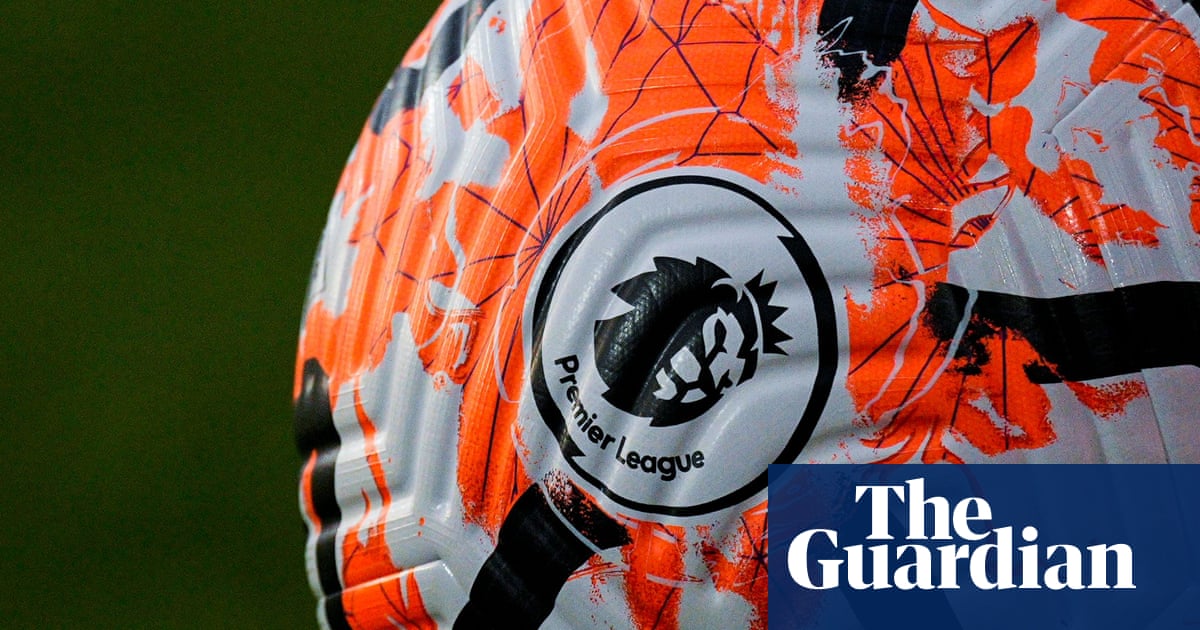
DUBAI: In Europe, the Champions League is the ultimate prize. Merely participating in it, or even just qualifying for its playoff stages, has come to be seen as an achievement in itself.
Ever since the competition replaced the old European Cup at the start of the 1992-93 season, it has changed Europe’s football landscape.
Finishing in “Champions League places” has replaced winning trophies as the target for all but the most elite of clubs. In South America, winning the Copa Libertadores has always been, and remains, the be-all-and-end-all for all top clubs.
And even in Africa, the CAF Champions League gets the blood going like no other competition.
And then there is Asia. While there is no doubting that the AFC Champions League remains the premier continental competition, one in which top regional teams such as Al-Hilal and Al-Ain continue to perform credibly, there exists an underlying, inexplicable apathy from West Asian clubs toward the tournament.
Perhaps it is born out of an inferiority complex to East Asia teams.
The first three seasons of AFC Champions League were claimed by Al Ain (2002-03) and Saudi Arabia’s Al Ittihad (2004, 2005). Since then, however, no team from West Asia has lifted the trophy in 12 attempts.
Early indications are that this will not change in 2018.
The performances of Middle Eastern and Gulf teams in the competition so far have been poor to say the least.
Emirati clubs in particular have fared adequately at best, and dismally at worst. Al-Wahda and Al-Wasl are respectively bottom of their groups, having failed to collect a single point between them. Al-Ain are third in Group D after three draws. Domestic champions Al-Jazira, having faced Real Madrid in the Club World Cup semifinal, are in the best position of the Arabian Gulf League (AGL) teams, in second place — and a qualification spot — in Group A.
Of the two Saudi teams, Al-Ahli lead Al-Jazira by three points after two wins and a draw. Al-Hilal, a team that prides itself as the most decorated in Asian football, have struggled and are currently bottom of Group D, a point behind Al-Ain, the team they eliminated in last year’s quarterfinals.
Indeed, Al-Hilal’s loss to Al-Esteghlal last month cost Ramon Diaz his job at the club that still leads the Saudi league table. That the two Saudi teams that finished third and fourth in the 2016-17 league table, Al-Nassr and two-time winners Al-Ittihad, were barred from this year’s competition for logistical reasons, has hardly helped.
Only Qatari clubs have exceeded expectations, with Al-Duhail leading their group, while traditional rivals Al-Sadd and Al-Rayyan sit second in their respective groups.
While the prestige of being champions of Asia is craved, the financial rewards ($4 million for the winners) and television money pale into insignificance when compared with the pots of gold on offer on other continents, and even compared to the salaries the Gulf clubs pay to their highest earning foreign players.
For that reason, among many others, the guarantee of domestic glory takes priority for some clubs over the remote possibility of continental glory against the powerhouses of the East.
And for some, other carrots are often dangled.
Last year, Al-Jazira all but abandoned the pursuit of Champions League progress in favor of securing the AGL title and the certainty of taking part in the 2017 FIFA Club World Cup.
Al-Ain, seemingly running away with the Emirati league title, might not have a similarly modest outlook, but will surely already be eyeing potential once-in-a-lifetime clashes against Real Madrid, Barcelona, Bayern Munich or Manchester City next November in Abu Dhabi.
Rightly or wrongly, but somewhat understandably, the prospect of sharing a stage with Cristiano Ronaldo or Lionel Messi is a far more mouthwatering one than another quarterfinal or semifinal against familiar regional opposition.
And that raises perhaps the most existential issue with the current AFC Champions League format. Familiarity has bred, if not contempt, then certainly boredom.
Every new edition of the AFC Champions League increasingly throws up groups consisting of teams from Saudi Arabia, the UAE, Qatar, Iran and Uzbekistan. More often than not, those teams are the same as previous years, and the match-ups are repeats of recent seasons.
Lack of participation from countries like Syria, Jordan, Lebanon, Kuwait and Iraq, owing to licensing issues, no doubt adds to the sense of ennui and lack of eclecticism around the competition’s West Asia half.
It might be too early to write off the Arab teams halfway through the group stage of this year’s AFC Champions League. But the trend of recent seasons does not offer too much encouragement either.
The continent’s most coveted prize is in danger of losing its shine in western Asia.












